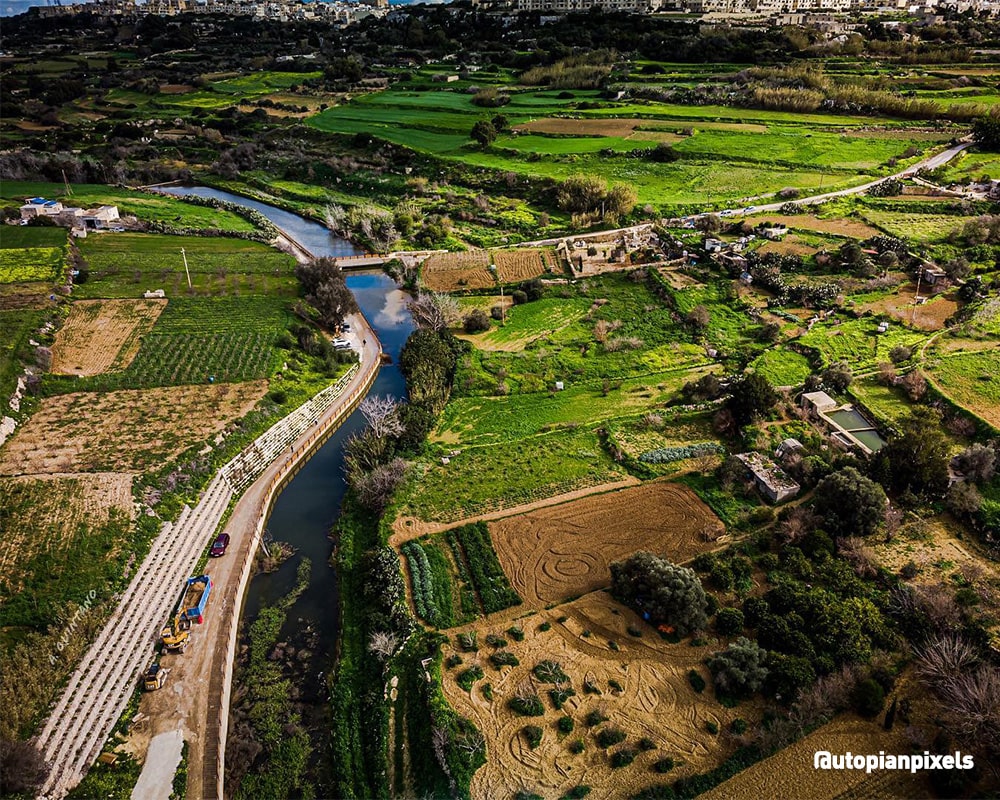Your insider’s guide to the outdoors of the Azores, Canarias, Madeira, Cyprus, and Malta
Island life in the late summer sun. Is there anything better than that during the warm yet breezy month of September? Europe has some of the world’s most gorgeous islands, and today, we’re here to let you know where to go and what to experience, especially as nature lovers. The aim? To help you take full advantage of the final mellow weeks of the season and ensure that you head into autumn refreshed and filled with memories.
The Azores, Canarias, Madeira, Cyprus, and Malta have a few things in common: they are all located in either the Mediterranean or the Atlantic, they are home to wonderful and often unique biodiversity (including rare endemic plant and animal species), they are either fully autonomous or enjoy a level of self-governance, and they are culturally rich and filled with traditions that persist to this day. Most of all, each one is stunningly beautiful and packed with outdoor activities perfect for September, like hiking, birdwatching, cycling, and picnicking.
Caldeira das Sete Cidades on São Miguel Island, the Azores
This extraordinary geological formation on the Azores archipelago is one of Europe’s most iconic natural landmarks. The center of the formation is a volcanic caldera, a crater formed by a collapse of a former volcano. Within the caldera is something special: the Sete Cidades Lake, one of the 7 Natural Wonders of Portugal. This lake is actually comprised of two lakes: Verde (Green) and Azul (Blue). According to legend, they were formed from the tears of a shepherd and a princess who shared a forbidden love. Today, the entire area is a lush green and the bodies of water sparkle like jewels in the sun.
The Caldeira das Sete Cidades is a haven for outdoor activities. We suggest exploring the hiking and walking trails, especially PR3 Vista do Rei, which includes the crater rim and PR4 Mata do Canario which takes you to a unique viewing point of the crater’s interior. The other ideal late summer activity is a picnic. Don’t forget to pack your basket with local treats like fresh pineapple, banana, passion fruit, marinated olives, empanadas, and fofas, sweet rolls you can find in Azorean bakeries.
While in the Azores, it’s also worth checking out Chá Gorreana, Europe’s only tea plantation. Here’s what you’ll experience: tidy rows of chá (tea) bushes that stripe the rolling, emerald hillsides. The first seeds of the plant (Camelia sinensis) arrived in the early 19th century, along with the tea experts who came to teach locals about the various phases of production. Visit the museum factories and learn all about the cultivation.
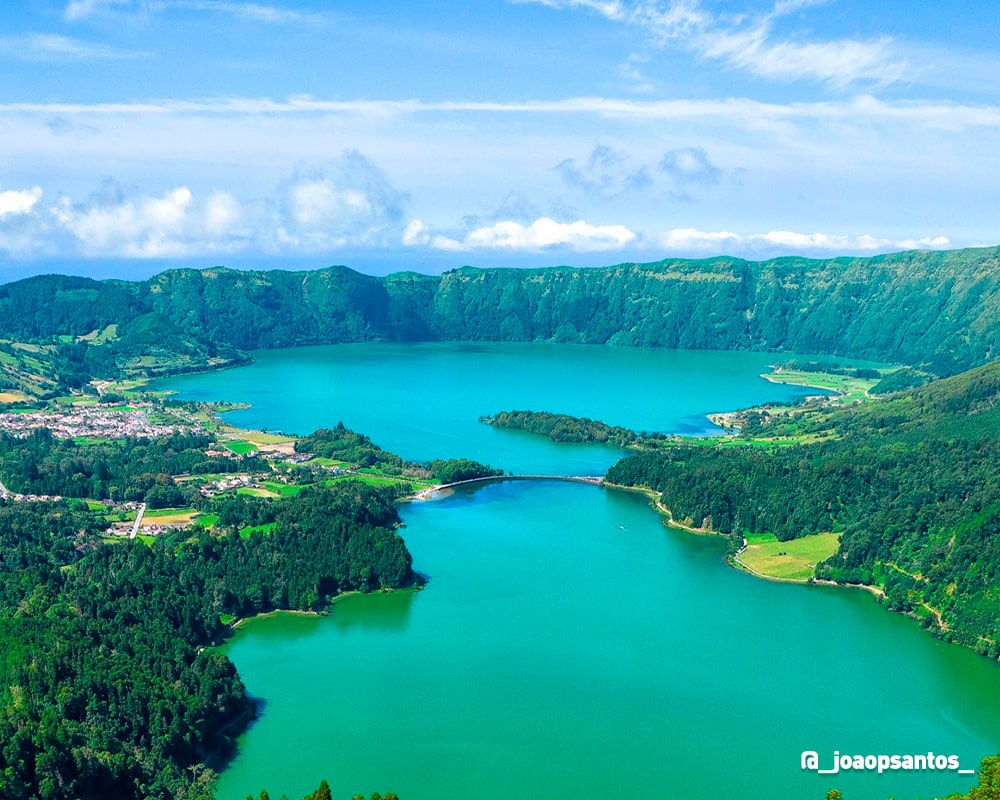
Garajonay National Park, Canary Islands
In the very heart of La Gomera is a place of rare natural beauty. Dominated by laurel trees, this tropical forest is dense, evergreen, lush. It’s a UNESCO World Heritage Site and a living link to the Tertiary period. Some of the most remarkable hiking in Europe exists on this small island and the 4,000 hectares of protected land that make up the Garajonay National Park. The trails are extensive and well-marked. They give you entry into this ancient paradise, which includes valleys, cliffs, and views of the Atlantic Ocean. Above all, it’s a place where nature reigns supreme. Start your explorations at the park visitor’s center, which holds exhibitions and audiovisual experiences. This is also where you can get info on the hikes that best meet your needs.
Aside from the rich natural experiences, La Gomera is also well-known for its culinary scene. Here are a few things to try before and after your hike in the park: Almogrote (a spread made from goat cheese, spicy pepper, olive oil, and garlic), palm tree honey (made from the sap of the Canary Island date palm), papas arrugadas (a traditional boiled potato dish), and potaje de berros (a soup made from watercress, pork ribs, and cheese).
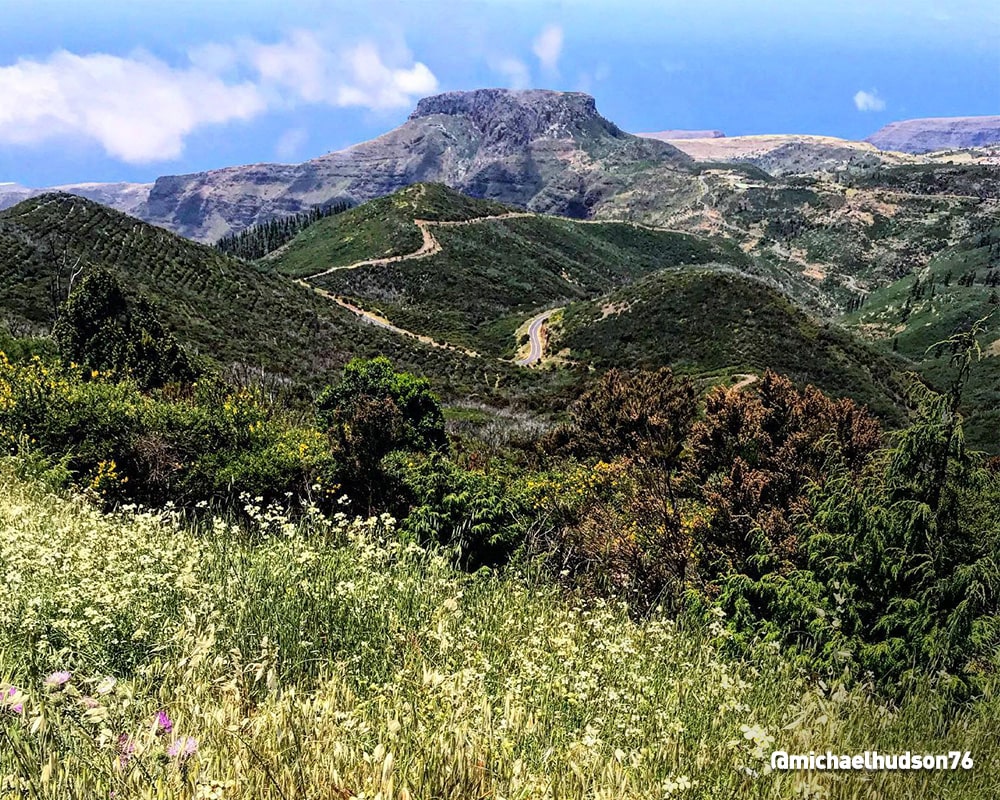
Madeira Natural Park, Madeira
What will you find in the Madeira Natural Park, a Biogenetic Reserve? Ancient laurel groves, indigenous woodlands, heathlands, grasslands, and rocky coastal stretches. There are also rare species such as the Orquídea da Serra (Mountain Orchid), large trees belonging to the Lauraceae family, and other small plants typical of the Macaronesian Laurissilva Forest. In other words, some of the most attractive natural landscapes anywhere in the world. One of the great benefits of hiking on Madeira is the learning that comes with it. The natural park is filled with a wide variety of ecosystems and endemic species. Given the isolation of the islands, certain species like the Madeira fiercest and chaffinch have been allowed to thrive and evolve over the centuries. Today, they are found nowhere else in the world. As you explore the countless trails of the park, keep an eye out for these special creatures. If you’re a diver, you can explore the turquoise waters of the Marine Nature Reserve of Garajau. The resident marine fauna includes large fish, such as Dusky Sea Perches, the biggest tourist attraction of the reserve.
Aside from its natural splendor, Madeira has a rich culture of food. Here are some of the local specialties you must try: grilled limpets (picked off the rocks on the coast), espetada (a gorgeous brochette and perfect for meat lovers), and local wines, especially varieties such as such as Sercial, Boal, Verdelho, Malvasía, Terrantez, and Tinta Negra.
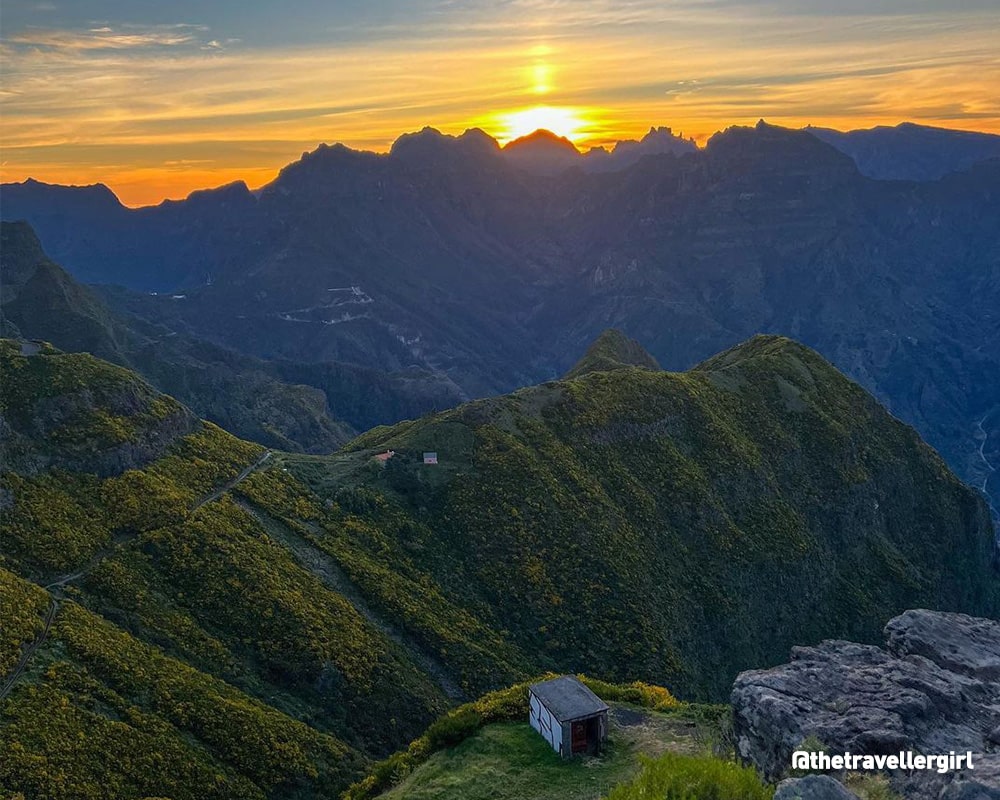
Cyprus
Southeast of Greece is Cyprus, a land of natural grandeur, of mountains, fertile plains, and magnificent coasts. Cyprus has a long and complex history that stretches back to before the common era. It’s no surprise, therefore, that exploring the outdoors of this place sometimes results in stumbling upon an archaeological site that dates back centuries. Like other islands in Europe, Cyprus has rich flora and fauna, including some 1800 plant species, of which 140 are endemic. This makes for a rich experience, especially if you know what to look for while on the trails. A few notable plants that are only found on Cyprus include the cyclamen, troodos rockcress, and several unique orchids. Our advice? Get a local guidebook on flora so you can identify these plants.
We highly suggest two trails in Cyprus. The first is the Kalidonia Trail, which is a 6km round trip through a dense forest and then alongside the Cold River (Krios Potamos) and reaches an elevation of 1600 meters. The climax of the hike is, of course, the gushing waterfall. Make sure to dip your hands in the cold mountain water. There’s almost nothing quite as refreshing! The other trail we suggest is the Aphrodite Trail, a 7.7km loop that crosses through spectacular terrain. Of special interest on this trail are the Loutra tis Afroditis (Baths of Aphrodite), where, according to legend, the Goddess of Love and Beauty used to take her baths. You will also pass by the ruins of Pyrgos tis Rigainas (Queen’s Tower), which are believed to belong to a Medieval monastery. As you walk, make sure to look out for endemic plants such as troodos sage (Salvia willeana), purple rock cress (Arabis purpurea), thorny gorse (Genista fasselata subsp. crudelis), urse mint (Mentha longifolia subsp. cyprica), aphrodite’s spurge (Euphorbia veneris), and golden oak (Quercus alnifolia). If you’re lucky, you might also catch sight of local fauna, such as foxes, hares, and hedgehogs. Don’t forget to bring food on your trek! Try these local treats: roasted artichokes, halloumi cheese, olives, and sheftalia (grilled sausage).
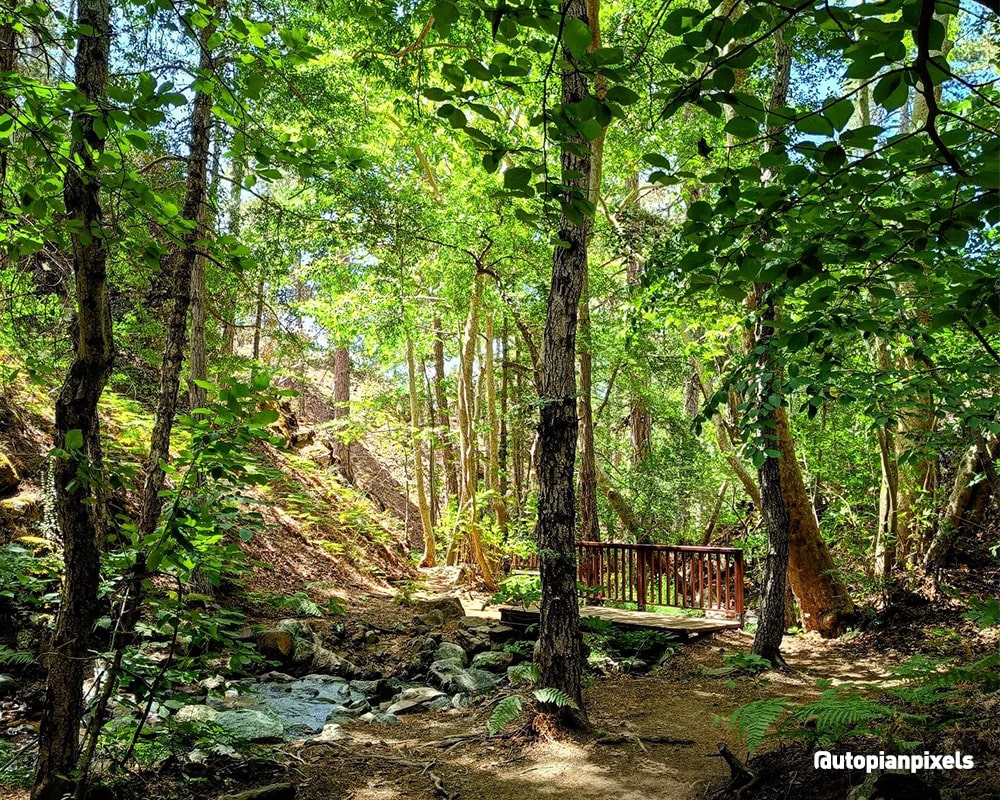
Malta’s Chadwick Lakes
Getting away from the bustle of city life is one of the wonderful things about summer. The Chadwick Lakes in Malta is a place where life truly slows down, where you can bask in the summer sun and let all your thoughts float away. These lakes were originally a system of interconnected dams. Today, they are a sanctuary for wildlife of all types. We suggest bringing a set of binoculars so you can catch sight of the dozens of bird species (especially waterfowl, waders, kingfishers, and herons) that live here. In fact, migratory birds, flying between Africa and Europe, often stop right here at the Chadwick Lakes during their migration.
If you want to see the entire collection of lakes, make sure to allocate about eight hours of walking. Good shoes and light clothes are, of course, essential. You can consider walking poles for additional stability. There are also shorter walks that bring you to specific zones of the area. The truncated expedition might be better during the steamy summer months. As always, make sure to bring food along! A few treats to consider are pastizzi (a beloved pastry made of flaky dough and stuffed with cheese) ftira (a local bread that’s topped with tomatoes, olives, and anchovies, or Hobz biz-zejt “bread with oil” (an iconic local dish of bread rubbed with tomatoes and topped with tuna, capers, and olives).
